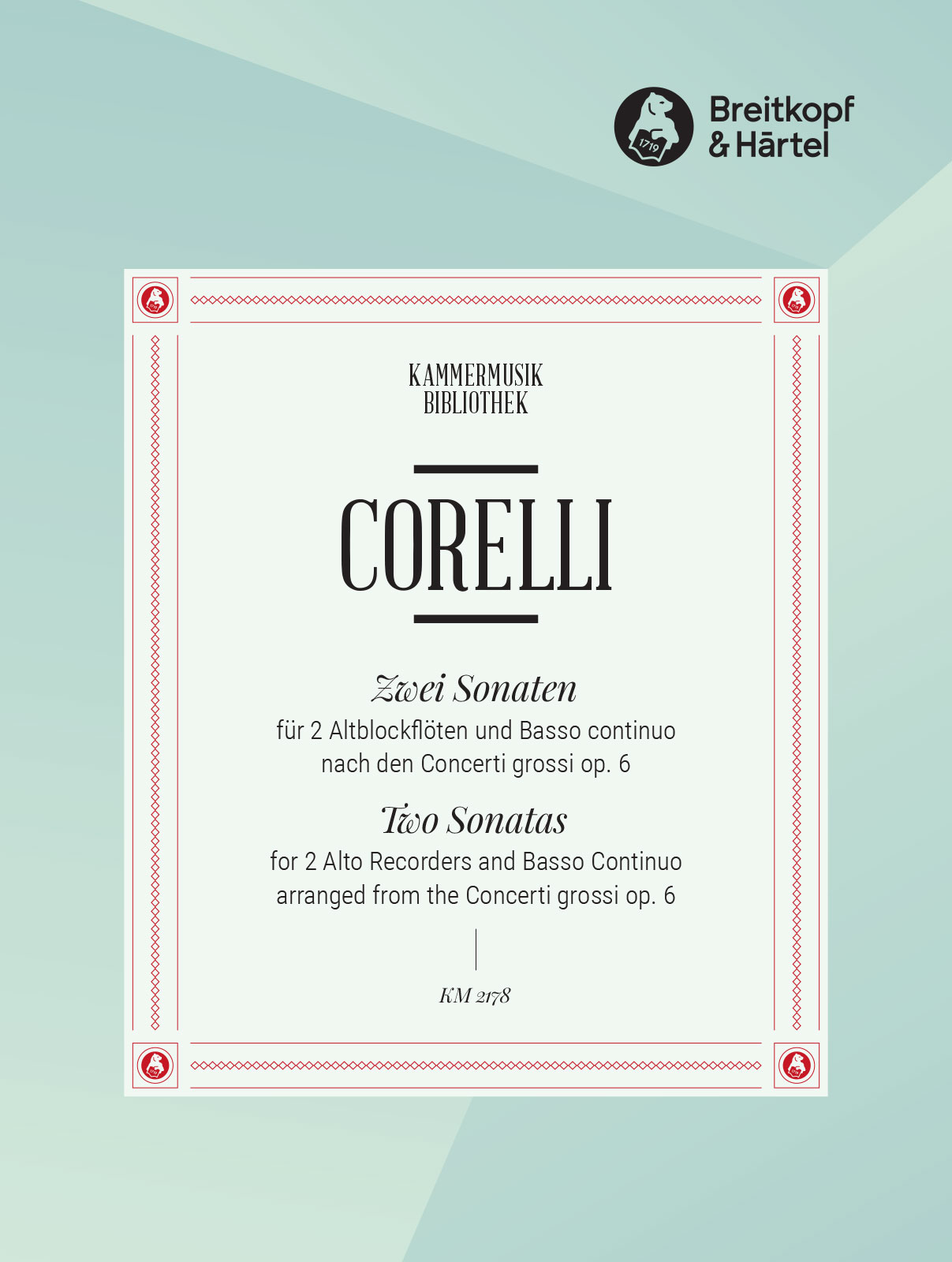Your basket is currently empty!
Trio Sonata II

Description
Trio Sonata II is in four contrasting movements with something of interest for each player. The double bass part remains in bass clef, creating a …strong supportive foundation, above which the two cellos weave and contrast lyrical and energetic solo lines. Ideal for any concert or audience, or simply to play with friends, Trio Sonata II is a wonderful and evocative addition to the chamber music transcription repertoire.
‘The leading cello and bass players were part of the complex mechanism which controlled the orchestra of the 18th and 19th-centuries. Previous to the 19th-century ‘modern’ baton-wielding conductors were unknown. Orchestral direction was, basically, of a dual nature with a keyboard-conductor, using chords, accents and physical motions, aided by a violinist-leader, whence the title ‘concert master’. To the
side of the keyboard-conductor were the leading cellist and bassist, frequently playing from the conductor’s own part.
The playing of the Principal Bass was considered an important element in keeping the orchestra together and Domenico Dragonetti (1763-1846) was sometimes credited with the power of leading or misleading an orchestra. In the May 1837 edition of THE MUSICAL WORLD there is an allusion to this: ‘Although he has been accused of leading the orchestra, or, in the estimation of some leaders, of misleading, (for no man in that situation approves of public correction) yet it must be acknowledged that he has upon various occasions, by his promptitude and decision, brought back a whole band who ‘like sheep had gone astray’ ‘.
‘The dynamic duo of cellist Robert Lindley (1776-1855) and double bassist Domenico Dragonetti also proved to be very active in the chamber music field. The programmes of the London concert giving associations provide evidence of some of these activities. The Philharmonic Society records these ‘Titans’ as appearing in six performances of the Beethoven Septet Op.20, five time in the Septet of Hummel and
numerous appearances in words for various string and wind combinations by such composers as Spohr, Baudiot, Schubert, Ries, Mayseder, Klengel, Neukomm, J.B. Cramer, Onslow and Moscheles.
These records also mention their playing a duet by Corelli on three occasions. This work is certainly spurious and we may assume that this duo is an arrangement of Corelli’s Op.5. The bass part was most probably a corruption of the figured bass part with the cello playing an interpolation of the original violin part. Much acclaim was bestowed upon these two orchestral stalwarts when they appeared in such duets
and trios with 2 celli. This is one of the latter.’ [Bertram Turetzky] Arcangelo Corelli (1653-1713) was one of the leading Italian violinists and
composers of the Baroque era. Much of his music is still performed today, particularly his 12 Concerti Grossi for string orchestra, of which the Christmas Concerto is especially popular.
Both Lindley and Dragonetti played ‘at the harpsichord’ and would have improvised the musical lines, based on the original bass part, and the acclaim with which they were showered after performances of the Corelli duets suggests that both embellished the original music to suit the style and fashions of the day. Both were obviously showmen and two of the leading musicians working in London during the first half of the 19th-century and, Repertoire for a cello and bass duo at the time, apart from a Dragonetti Duo, were non-existent and hence the need to transcribe.
This trio is the second of Corelli’s 12 Sonata da Chiesa Op.3, composed in Modena in 1689, and was originally for 2 violins and continuo. The present transcription by Bert Turetzky is beautifully arranged and is a work he performed many times in his own concerts. The technical challenges are not great, although cello 1 does play in the highest register in the final movement, and the four contrasting movements offer
music of great skill and imagination for the enterprising bass-line trio.
R.R.P £9
Our Price £7.65
Shipping Costs: No shipping




